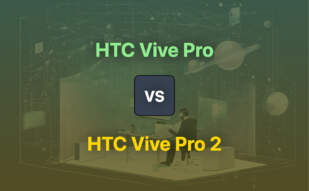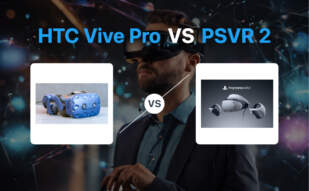For true VR enthusiasts seeking superior visuals and audio improvements, the pricier HTC Vive Pro is the best pick. However, for budget-conscious users aiming for an ergonomic design with vivid VR experience and good performance-price ratio, the Pico 4 emerges as a robust contender.
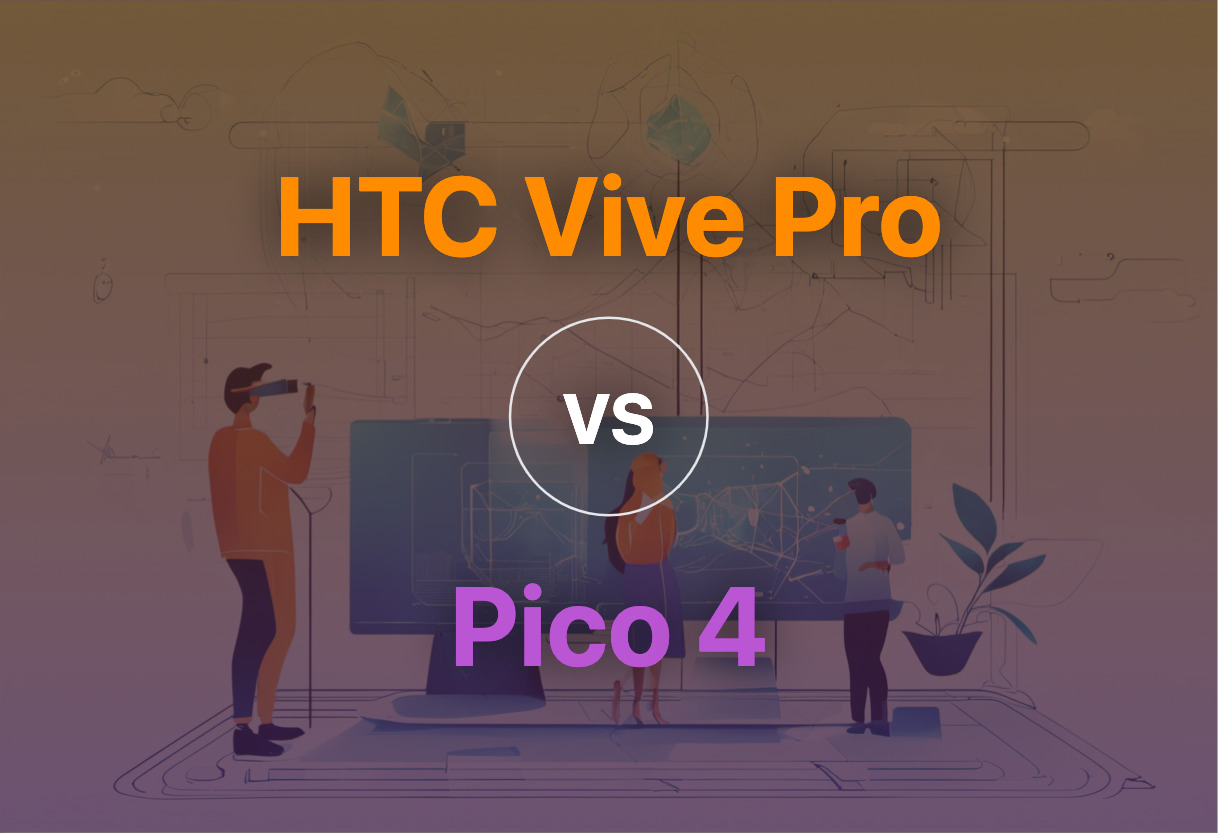
Key Differences Between HTC Vive Pro and Pico 4
- Design: Pico 4 features a balanced design focusing on comfort while HTC Vive Pro opts for a secure fit with two sturdy cameras.
- Price: HTC Vive Pro is valued at $799 without necessary hardware, Pico 4 is available at €429 with built-in trackers.
- Visual experience: Vive Pro features AMOLED screens with higher pixel density whereas Pico 4 uses Pancake lenses and 2 Fast-LCD displays for enhanced image resolution.
- Auditory experience: Both devices sport 3D spatial sound systems but Vive Pro features high-quality built-in headphones.
- Performance: Pico 4 is powered by Qualcomm Snapdragon XR2 with 8GB LPDDR4 RAM, Vive Pro requires a connection to a PC.
| Comparison | HTC Vive Pro | Pico 4 VR |
|---|---|---|
| Release Year | 2018 | 2022 |
| Price | $799 ($1,100 with base stations) | €429 |
| Design | Comfortable, secure, navy blue | Ergonomic, small size |
| Display | Dual 3.5-inch AMOLED 1440×1600 | 2 Fast-LCDs, over 2K per eye |
| FoV | 110° | 105° |
| Controls | Improved gaming controls, functional, reliable | Haptic motion controllers, hand tracking functionality |
| Audio | On-ear faux-leather headphones | 360° stereo speakers with 3D spatial audio |
| Positioning System | 3-D tracking stereoscopic vision via two cameras | SLAM omnidirectional |
What Is HTC Vive Pro and Who’s It For?
HTC Vive Pro is a high-end virtual reality headset that evolved from the original HTC Vive, two years into its life cycle. It flaunts enhanced visuals and powerful audio compared to its precursor, with sharper screens, dual cameras for stereoscopic vision, and high-quality built-in headphones. However, the augmented sophistication comes at an elevated price, making it a choice for enthusiasts, professionals, or those with ample disposable income.

Pros of HTC Vive Pro
- Sharper screens and high-quality built-in headphones deliver enhanced audio-visual experience
- Dual cameras for 3-D tracking and stereoscopic vision
- Improved gaming controls, augmenting reliability and functionality
Cons of HTC Vive Pro
- Steep price restricts its market to certain consumer segments
- Doesn’t come with necessary hardware for function
- VR capabilities are not substantially superior to the original Vive
What Is Pico 4 VR and Who’s It For?
Introduced by ByteDance in 2022, Pico 4 VR is a superior headset that strikes a synergy between comfort, design, and a vivid and immersive VR experience. This compact powerhouse comes with Pancake lenses, Fast-LCD displays offering more than 2K resolution per eye, and 3D spatial sound proving it to be a good fit for businesses and VR enthusiasts seeking a high performance-price ratio.

Pros of Pico 4 VR
- Compact design featuring ergonomic elements
- Powerful specs including Qualcomm Snapdragon XR2, 8GB RAM
- High image resolution enhancing VR experience
Cons of Pico 4 VR
- Limited game library according to feedback
- Uses Pancake lenses, resulting in a smaller field of view
- More expensive than competitors like Quest 2
The Ultimate Verdict: HTC Vive Pro vs Pico 4
In the face-off of VR technologies, the choice between HTC Vive Pro and Pico 4 boils down to specific needs of our audience segments. We’ll dissect it for you.
Tech Enthusiasts
For tech enthusiasts, the HTC Vive Pro, with its dual 3.5-inch 1440×1600 AMOLED screens, offers a visibly sharper picture. However, its steep price tag could be a deal-breaker. Pico 4, on the other hand, is significantly cheaper and packs a punch with the Qualcomm Snapdragon XR2, making it a worthy contender.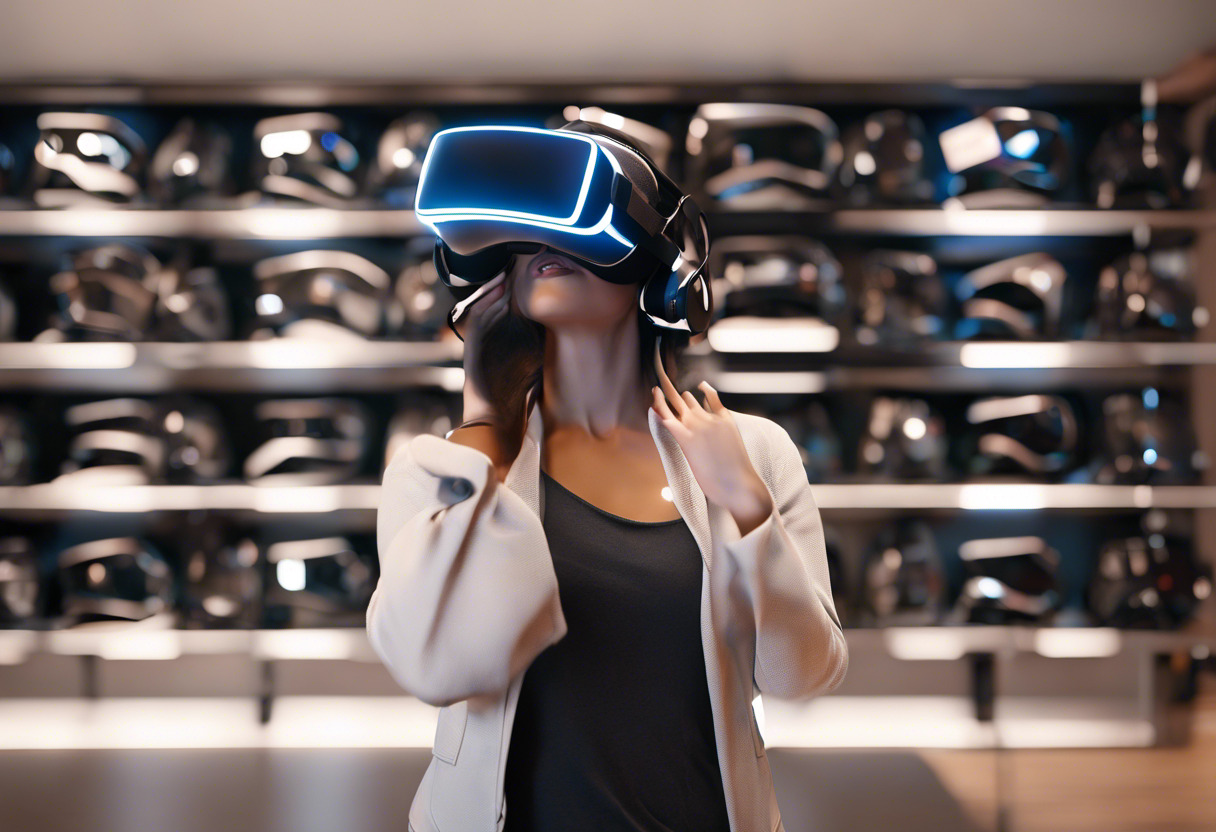
Professional Gamers
HTC Vive Pro, with its upgraded gaming controls and potent audio system, yields a distinct edge for professional gamers. While Pico 4 delivers accurate tracking and a good performance-price ratio, it suffers due to a limited game library.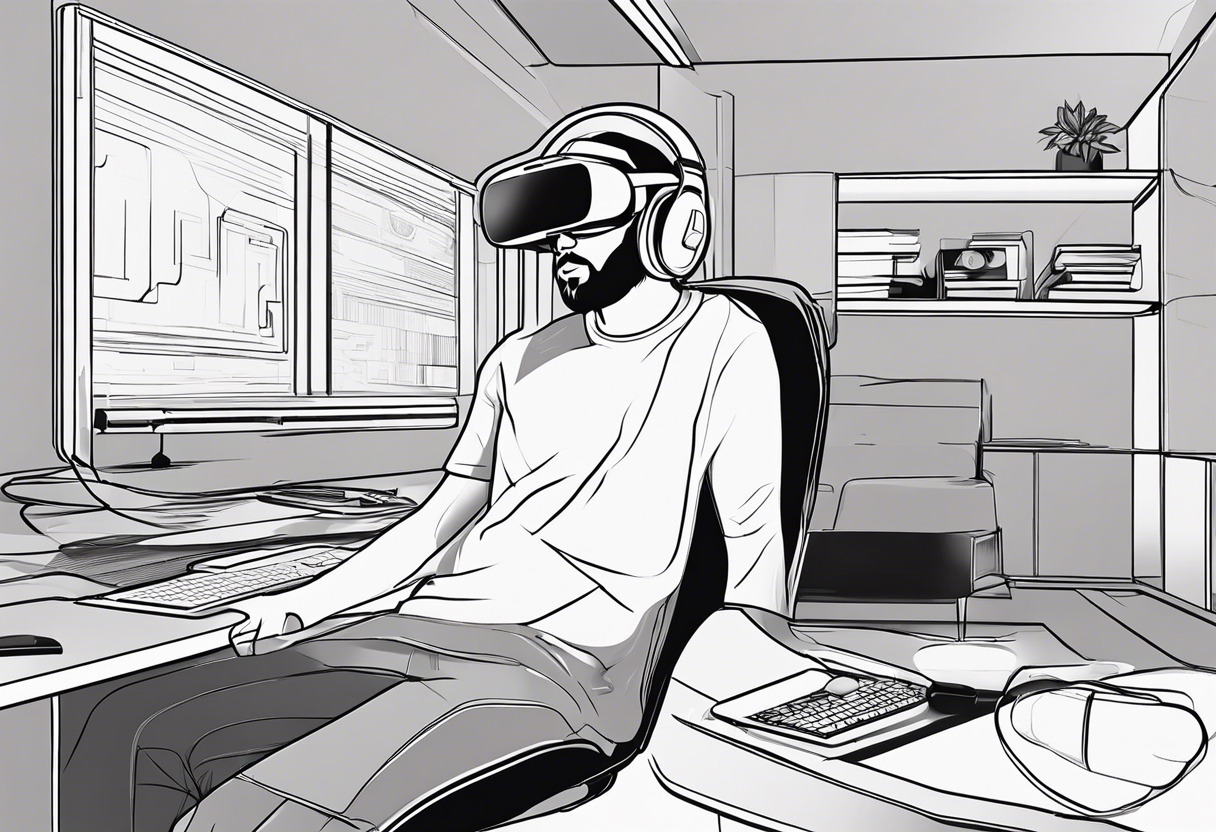
Businesses
In a business setting, the Pico 4 Enterprise variant, with its LPDDR5 RAM, stands out. HTC Vive Pro, although a stalwart in the VR world, is significantly more expensive and tethered to a computer, which businesses might find restrictive.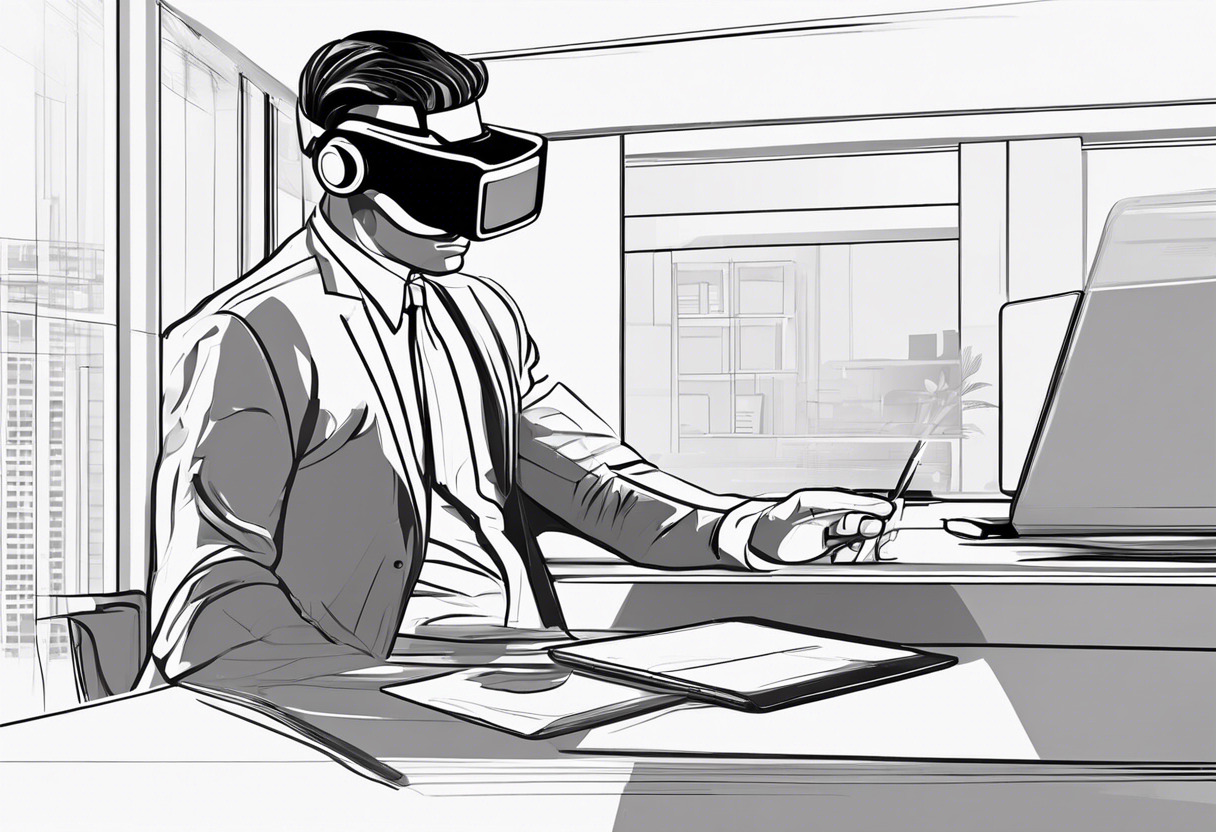
In summary, for enhanced visuals and gaming experience, opt for the HTC Vive Pro. The price-sensitive audience or those seeking a balanced design with comfort should tilt towards Pico 4.
Grant Sullivan
Content writer @ Aircada and self proclaimed board game strategist by day, AI developer by night.



